Iconology of historical science. On the pictorial formation of historical thought in modernity
Project management: Prof. Dr. Andreas Fahrmeir and Prof. Dr. Bernhard Jussen
The project examines how mass-produced media of historical education – schoolbooks, handbooks and textbooks, but also advertising brochures – articulate their narratives through the use of images. The focus of interest is the astonishingly stable continuities of the images used, as well as the strong national differences even in the visualization of shared history. On the one hand, software is being developed to automatically analyze the very extensive historical image database (Paul Warner). On the other hand, the mass image corpus of serial image sources will be qualitatively evaluated (Judith Blume).
Collective identities and their historical narratives of justification and development are shaped to a particular degree by constantly reproduced images or visual themes. Images structure narratives and dominate memory. Thus, the conditions for the emergence and canonization processes of these pictorial narratives are an exposed phenomenon that occurs in almost all societies and allows us to observe the formation and persistence of justification narratives comparatively over the entire period of modernity. A unique feature of this phenomenon, which is as commonplace as it is ubiquitous, is that it still remains largely tied to national frameworks.
The project was mainly supervised by PhD student Judith Blume, who, together with student assistants, processed a stock of around 100,000 illustrations and prepared them for a publicly accessible, web-based database. Her monograph “Knowledge and consumption. Eine Geschichte des Sammelbildalbums 1860-1952” offers the first complete presentation of this material, which is particularly important from a cultural studies perspective. Using a combination of qualitative and quantitative approaches, she demonstrates methods for researching collective pictorial knowledge. Several state examination theses have been dedicated to the project topic, one of which resulted in another doctoral project (Bramann) dealing with the image programs of textbooks (carried out at the University of Salzburg).
Lively interest from students led to regular courses (Blume, Gorzolla, Jussen) and close exchange with the Georg Eckert Institute for Textbook Research. Together with this institute and the Max Planck Institute for Art History (Bibl. Hertziana), we are currently working on the systematic internationalization of the material base. Important results have been published by the DHM Berlin and presented in public at the DHI Washington, the DHI Paris, in Brandeis and at the IFA of NYU. For the qualitative side of the project, cooperation with authors and subject didactics is actively promoted.
The technical implementation of the software was driven forward by Paul Warner in cooperation with IT specialists from GU. The software will be published at the end of the project in its current state.
With regard to the qualitative results on image corpora, research on illustrated “national histories” as well as advertising picture albums and textbooks has shown that even today’s “European” narratives (for example in transnational textbook projects such as those between France and Germany) still carry on national perspectives to a high degree. Visual narratives remain surprisingly stable even across dramatic political ruptures. This can be exemplified by the illustration of the Carolingian period in history and school textbooks, which is very different in Germany and France, for example.
With regard to the development of the software, a number of problems could be solved, e.g. the compression of images without loss of efficiency in the search, the automated separation of images and texts even with unconventional image shapes and heavily foxed originals of moderate quality, the use of OCR with unconventional sentence types, the combination of different algorithms for automated image comparison and the possibility of systematizing different image types. The integration of machine-learning elements into the image comparison routines, the path to automated face comparisons for portraits or – as a long-term goal – the at least selective crossing of the “semantic barrier” are currently only partially solved.
The most important publications of the project:
Blume, Judith: Knowledge and consumption. A history of the collector’s picture album 1860-1952 Inauguraldissertation, Goethe University, Frankfurt am Main, 2016.
Jussen, Bernhard: “Toward an Iconology of Historical Research. Approaches to Visual Narratives in Modern Scholarship”, in: C. Caraffa/T. Serene (eds.): The Photographic Archive and the Idea of Nation, Berlin: De Gruyter, 2015, pp. 141-166.
Jussen, Bernhard: “Plädoyer für eine Ikonologie der Geschichtswissenschaft. On the pictorial formation of historical thought”, in: H. Locher (ed.): Reinhart Koselleck. Political Iconology. Perspectives on interdisciplinary image research (Transformations of the Visual, publication series of the German Documentation Center for Art History – Image Archive Photo Marburg, vol. 1), Munich/Berlin: Deutscher Kunstverlag, 2013, pp. 260-279.
Fahrmeir, Andreas and Annette Imhausen (eds.): The diversity of normative orders. Conflicts and dynamics from a historical and ethnological perspective (Normative Orders Vol. 8), Frankfurt am Main: Campus, 2013.
Fahrmeir, Andreas: “Zwischen Bronzestatue und Aktionskunst: Bildhafte Inszenierungen adeliger Lebenswelten in England im 19. und 20. Jahrhundert”, in: P. Scholz/J. Süßmann (eds.): Adelsbilder von der Antike bis zur Gegenwart(Historische Zeitschrift, Beiheft 58), Munich/Oldenbourg, 2013, pp. 99-115.
people in this project:
Project management / contact person
Fahrmeir, Andreas, Prof. Dr.
Jussen, Bernhard, Prof. Dr.
Project staff
Blume, Judith, M.A.
Plain, Helene
Schmidl, Petra, Dr.
Warner, Paul

